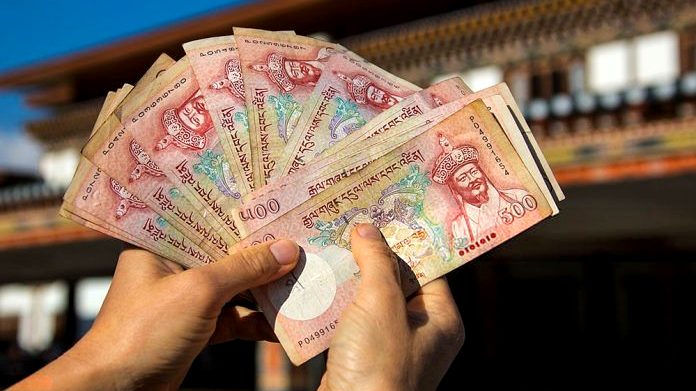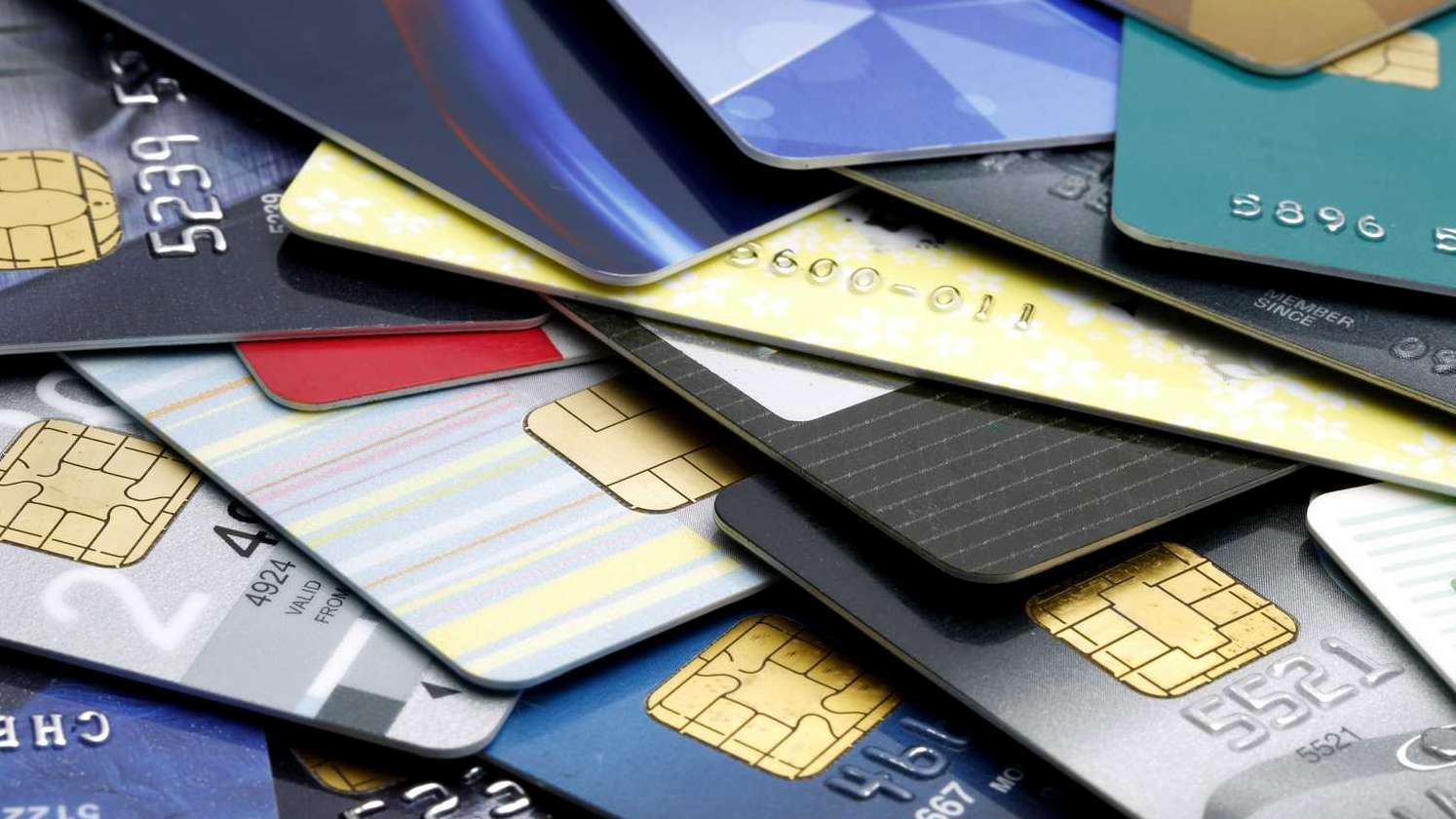Welcome to a captivating journey into the world of Bhutan's unique currency, brought to you by Luxury Holidays Nepal Pvt. Ltd. Nestled in the heart of the Himalayas, Bhutan is a land of mystical beauty, and its currency, the Ngultrum (BTN), is an integral part of this enchanting kingdom. The Ngultrum is not just a tool for trade but a reflection of Bhutan's rich cultural heritage and economic history. As you embark on your Bhutanese adventure, gaining insights into this distinctive currency will enhance your travel experience, allowing you to immerse fully in the local lifestyle. Join us as we delve into the intriguing aspects of the Ngultrum, its relationship with the Indian Rupee, and its pivotal role in Bhutan’s vibrant economy and culture.
Design and Symbolism
-
Images of the Monarchy: The Bhutanese currency prominently features the images of the country's monarchy. This is a common practice in many countries, symbolizing national unity and stability. The depiction of the King in various denominations of the Ngultrum serves as a reminder of the monarchy's central role in Bhutanese society.
-
Dzongs and Architectural Landmarks: Dzongs, which are traditional Bhutanese fortresses that serve both religious and administrative functions, are frequently depicted on Ngultrum notes. These structures are not only architecturally significant but also play a vital role in Bhutan's cultural and spiritual life. The inclusion of these landmarks in the currency underscores their importance in Bhutanese heritage.
-
Religious Iconography: Bhutan is predominantly Buddhist, and this is reflected in the currency's design. Symbols and figures from Buddhist mythology are common, illustrating the deep spiritual roots of the nation. This includes images of deities, religious motifs, and scenes from Buddhist lore.
-
Cultural Elements: The Ngultrum also showcases various elements of Bhutan's rich culture. This can include traditional clothing patterns, national symbols like the Thunder Dragon (which symbolizes Bhutan), and other culturally significant motifs.
-
Colorful Artwork: Bhutanese currency is known for its vivid and colorful artwork. Each denomination features a different color scheme and design, making the currency not only functional but also aesthetically pleasing. These colors often have cultural significance, representing different aspects of Bhutanese life and philosophy.
-
Narrative of Progress and Modernity: Some of the more recent designs in Bhutanese currency reflect the country's journey towards modernity, balancing traditional values with contemporary advancements. This may include depictions of infrastructure development, educational institutions, and technological progress.
-
Biodiversity: Reflecting Bhutan's commitment to preserving its natural environment, some currency designs incorporate elements of the country's rich biodiversity, including endemic flora and fauna.
The design and symbolism of Bhutan's currency thus serve as a window into the nation's soul, telling stories of its history, culture, beliefs, and aspirations. For visitors, these designs offer a tangible connection to Bhutan's unique identity and heritage.
Denominations
The currency of Bhutan, the Ngultrum (BTN), comes in a variety of denominations, each designed to facilitate different levels of financial transactions within the country. Here's an overview of the denominations of Bhutanese currency:

Banknotes
- Nu. 1: The smallest denomination in paper currency. These notes are less commonly used and might feature images symbolizing Bhutan's culture and heritage.
- Nu. 5: A small denomination note, often used for low-value transactions.
- Nu. 10: A commonly used denomination in daily transactions.
- Nu. 20: Another frequently used denomination, convenient for small to medium purchases.
- Nu. 50: This note is used for moderate-value transactions.
- Nu. 100: A standard denomination for a range of purchases and services.
- Nu. 500: A higher-value note, often used for significant purchases or in situations requiring larger sums of money.
- Nu. 1000: The highest denomination in Bhutanese currency, used for large transactions.
Coins
- Chhertum (Chertrum): Smaller values of Bhutanese currency are in coins, called Chhertum. These are used for very small transactions and are equivalent to the sub-unit of the Ngultrum.
- 1 Ngultrum Coin: This coin is equivalent to 100 Chhertum and is used alongside the banknotes.
Each denomination of the Ngultrum has distinct features in terms of size, color, and design, making it easy to distinguish one from another. The notes showcase a blend of Bhutan's cultural, historical, and natural elements, often featuring images of the monarchy, important landmarks, cultural symbols, and natural scenery.
These varied denominations ensure the ease of monetary transactions for both locals and tourists in Bhutan, catering to a wide range of purchasing needs. For travelers, familiarizing themselves with these denominations is helpful for smooth financial dealings while exploring Bhutan.
Security Features
The currency in Bhutan, the Ngultrum (BTN), incorporates several advanced security features to prevent counterfeiting and ensure the authenticity of the currency. These features are designed to be easily identifiable by the public while being difficult for counterfeiters to replicate. Some of the key security features include:
-
Watermarks: Bhutanese banknotes often feature watermarks that become visible when held up to light. These watermarks typically include the image of the King or other national symbols, providing a subtle yet effective security measure.
-
Security Thread: A metallic or polymer security thread is embedded in the paper of the banknote. This thread may be partially or fully embedded and can appear as a continuous line or in segments when held up to the light. In some cases, the thread may be printed with text or incorporate color-shifting properties.
-
See-Through Register: This feature involves a specific pattern or design element on the front of the banknote that perfectly aligns with a corresponding pattern on the back when held up to the light, forming a complete image or design.
-
Intaglio Printing: This is a printing technique where certain parts of the banknote are raised, such as the portraits, texts, and numerals. This can be felt by running a finger over these elements, providing a tactile way to verify authenticity.
-
Microlettering: Small, finely printed text that is difficult to reproduce without specialized equipment. This text is often used around portraits or other key elements of the banknote's design.
-
Color-Shifting Ink: Some banknotes may use ink that changes color when the note is tilted. This feature is often used on larger denomination notes as an additional layer of security.
-
Fluorescent Elements: Under ultraviolet light, certain features on the banknote may fluoresce. These could be fibers, patches, or other elements embedded in the paper.
-
Holographic Features: Higher denomination notes might include holograms or holographic strips that display different images or patterns when viewed from various angles.
These security features not only protect against counterfeiting but also help the public easily identify genuine banknotes. As part of its commitment to currency integrity, the Royal Monetary Authority of Bhutan continuously updates and enhances these features to stay ahead of counterfeiting technologies.
Material and Durability
The international recognition and exchange of Bhutan's currency, the Ngultrum (BTN), plays a crucial role in the country's economic interactions with the rest of the world, especially for tourists and business travelers. Here are some key aspects of the Ngultrum's international recognition and exchange:
- Peg to the Indian Rupee: The Ngultrum is pegged at par with the Indian Rupee (INR), which means it shares the same value. This is a reflection of the strong economic and cultural ties between Bhutan and India. The Indian Rupee is also widely accepted in Bhutan, which facilitates cross-border transactions and travel.

-
Limited International Recognition: Outside Bhutan and its immediate neighbor India, the Ngultrum has limited recognition. It is not widely accepted or easily exchangeable in most international markets. Travelers are unlikely to find facilities outside these countries to exchange their Ngultrum for other currencies.
-
Exchange Facilities in Bhutan: For visitors to Bhutan, currency exchange facilities are available at major entry points, including airports, and in larger towns. Banks and licensed currency exchange counters can exchange major international currencies like the US Dollar, Euro, and Pound Sterling into Ngultrum.
-
Use of International Cards: Major hotels, restaurants, and stores in Bhutan may accept international credit cards, though this is less common outside urban areas. ATMs that accept international cards are available but may not be widespread, especially in rural or remote areas.

- Advice for Travelers: Tourists are advised to carry sufficient cash in widely accepted currencies (like US Dollars or Euros) or use their international credit/debit cards. It's important to note that due to the limited international recognition of the Ngultrum, it's advisable to convert any remaining Ngultrum back to their home currency before leaving Bhutan.
- Impact on Tourism and Trade: The limited international exchangeability of the Ngultrum necessitates careful financial planning for international tourists and traders. It also reflects Bhutan's economic policies, which are closely aligned with its principles of Gross National Happiness and sustainable development.
The Ngultrum (BTN), Bhutan's official currency, is a distinctive and integral part of the nation's rich cultural tapestry. Its unique design, symbolic imagery, and specialized features not only facilitate economic transactions but also reflect and celebrate Bhutan's deep-rooted heritage, spiritual beliefs, and national pride. The limited international recognition and exchangeability of the Ngultrum highlight Bhutan's close economic ties with India and its approach to controlled and sustainable tourism and trade. For travelers and businesspersons alike, understanding and navigating the nuances of Bhutan's currency is an essential aspect of engaging with this beautiful Himalayan kingdom. The Ngultrum is more than just money; it is a storyteller, a piece of art, and a bearer of Bhutan's identity, making it a fascinating subject for anyone interested in the convergence of culture, economy, and national identity.
FAQs: Currency In Bhutan
Q: What is the currency of Bhutan?
A: The currency of Bhutan is the Ngultrum (BTN).
Q: Is the Indian Rupee accepted in Bhutan?
A: Yes, the Indian Rupee is widely accepted in Bhutan due to the currency's peg to the Ngultrum.
Q: Can I use international credit/debit cards in Bhutan?
A: International credit/debit cards are accepted in major hotels, restaurants, and stores in urban areas, but their acceptance is less common in rural or remote areas.
Q: Are there ATMs in Bhutan that accept foreign cards?
A: Yes, there are ATMs in Bhutan that accept foreign cards, primarily in larger towns and cities.
Q: What denominations does the Ngultrum come in?
A: The Ngultrum comes in banknotes of Nu. 1, 5, 10, 20, 50, 100, 500, and 1000, and in coins of smaller denominations.
Q: Can I easily exchange Ngultrum outside of Bhutan?
A: The Ngultrum is not easily exchangeable outside of Bhutan and India, so it's advisable to convert any remaining Ngultrum before leaving Bhutan.
Q: Do Bhutanese banknotes have security features?
A: Yes, Bhutanese banknotes have various security features like watermarks, security threads, and color-shifting ink to prevent counterfeiting.
Q: What should I do with leftover Ngultrum after my trip?
A: It's recommended to exchange leftover Ngultrum for your home currency or a more widely accepted currency before leaving Bhutan.
Q: Are there any restrictions on bringing foreign currency into Bhutan?
A: There are generally no restrictions on bringing foreign currency into Bhutan, but it's advisable to declare large amounts at customs.
Q: How can I get the best exchange rate for Ngultrum?
A: The best exchange rates are usually found at banks in Bhutan or at authorized currency exchange counters. Avoid using unofficial channels for currency exchange.
If you need any further information, please contact us by email: at [email protected], Phone: at +977- 985 100 5129 (WhatsApp)




